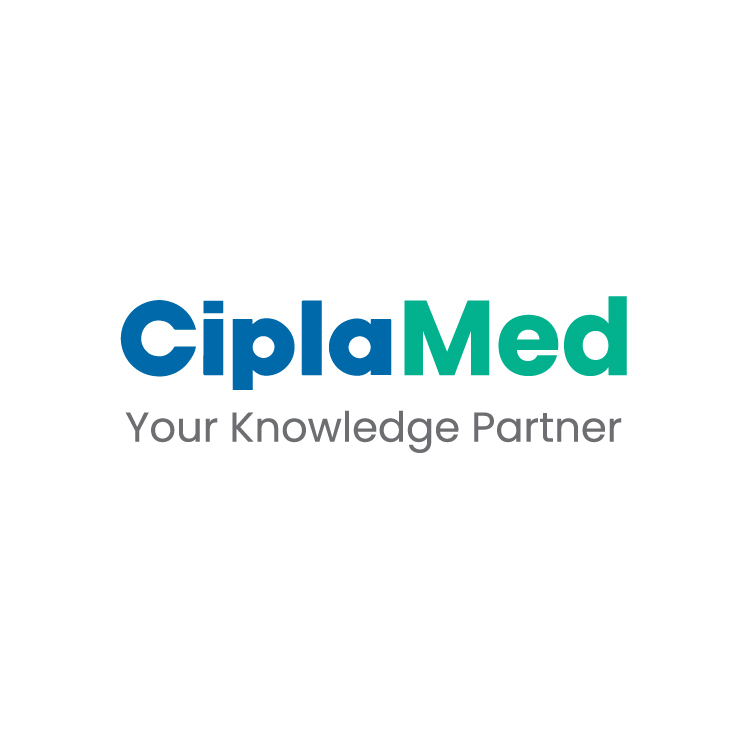ESHRE 2025: The hCG Timing Myth in Insemination Cycles: The Surprising Truth About Pregnancy Rates
Study Question: How does the timing of intrauterine insemination (D0, D1, or D2 post-hCG trigger) affect pregnancy rates, and what key factors influence these outcomes?
Summary Answer: Pregnancy rates were overall similar across different IUI timing groups. However, higher pregnancy rates were observed in subgroups based on specific dominant follicle sizes, endometrial thickness and sperm concentration.
What Is Known Already:
IUI is a cost-effective assisted reproduction technique. Though clinical guidelines suggest IUI 24–36 hours post-hCG trigger, logistical constraints sometimes alter this timing. Existing studies have not established robust evidence for how such variations affect outcomes.
Study Design:
- A retrospective observational study of 1,614 IUI cycles conducted between May and September 2024 at Ovo Clinic, Montreal, Canada.
- Primary objective: To evaluate pregnancy rate (PR) based on insemination timing:
- D0 (day of hCG trigger)
- D1 (24 hours’ post-trigger)
- D2 (36 hours’ post-trigger)
Results:
- Mean maternal age: 34 years across all groups
- Pregnancy Rates by IUI Timing:
IUI Timing
Post-Wash Motile Sperm (M/mL)
Pregnancy Rate (%)
D0 (Day of Trigger)
79.1
15.5%
D1 (24h Post-Trigger)
91.6
9.8%
D2 (36h Post-Trigger)
100.7
12.6%
- Higher PRs observed in D0 group:
- Follicle size:
- 17–19 mm: 25%
- 20–22 mm: 19.4%
- Endometrial thickness:
- 7–10 mm: 18.4%
- 10–13 mm: 16.4%
- Post-wash motile sperm >50 M/mL: 20%
- No pregnancies recorded with:
- Endometrial thickness >13 mm
- Post-wash motile sperm <4 M/mL
- Follicle size:
Limitations:
- Small subgroup sizes, especially for D0 cycles.
- Focused only on pregnancy rates, not live birth
- Findings require validation in larger prospective studies
Wider Implications of the Findings: The results suggest flexibility in IUI timing without compromising success. Additionally, the study highlights optimal biological parameters (follicle size, endometrial thickness, sperm concentration) that could guide more individualized treatment strategies.
ESHRE 2025, June 29 - July 2, Paris




